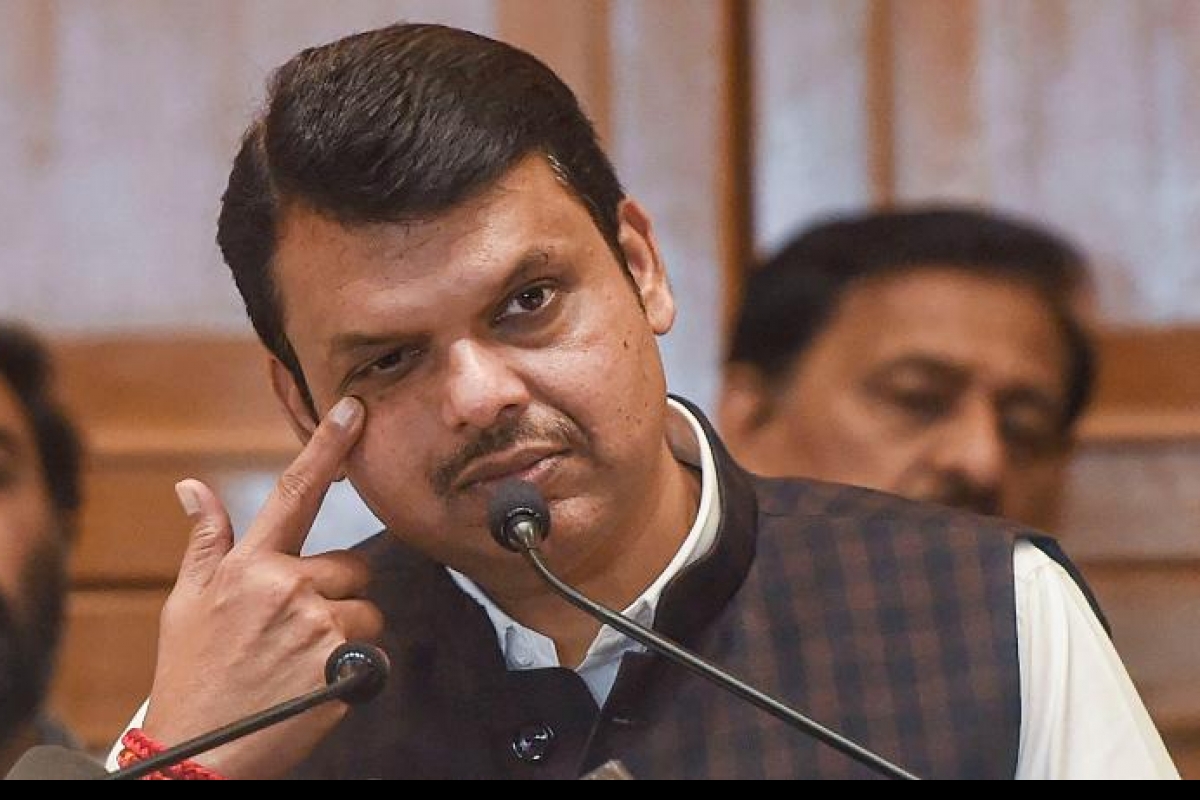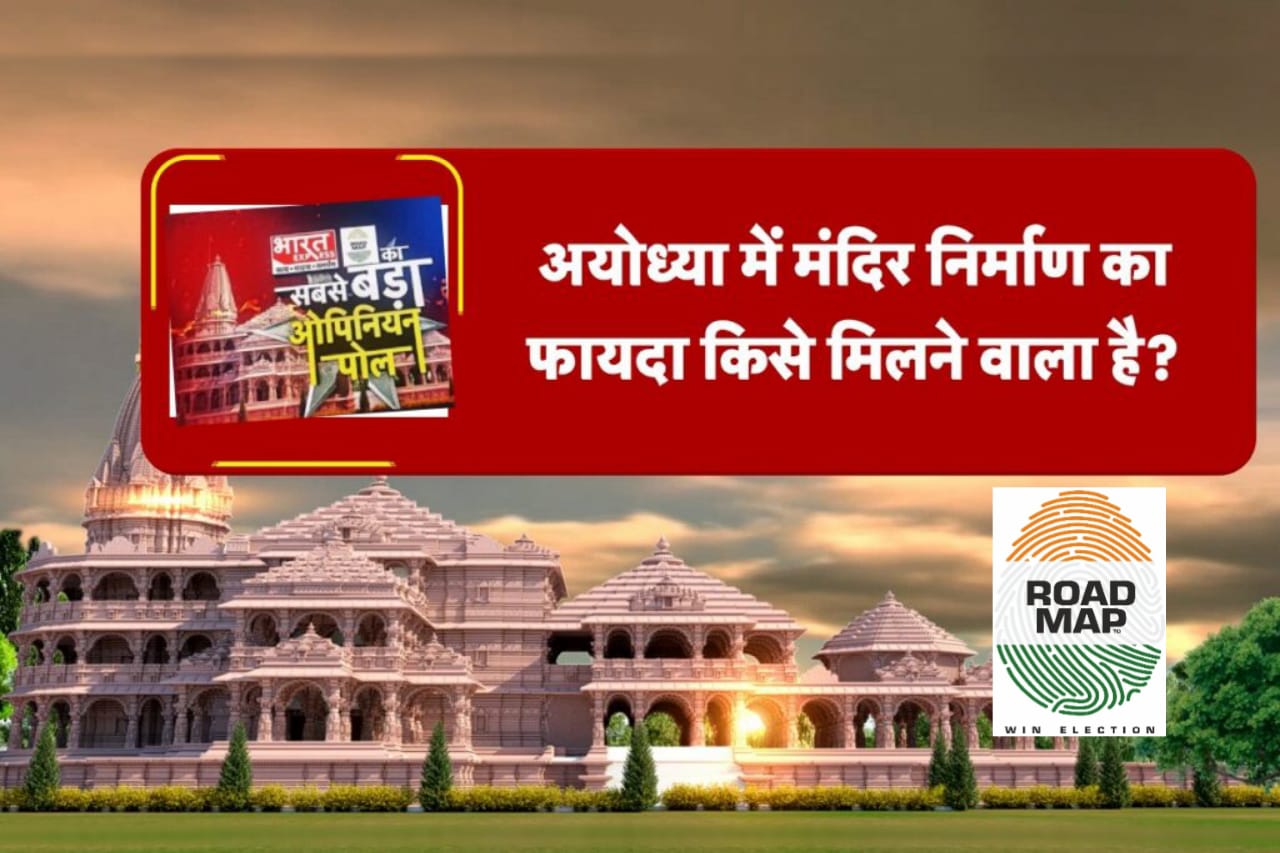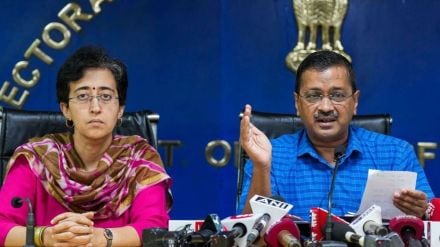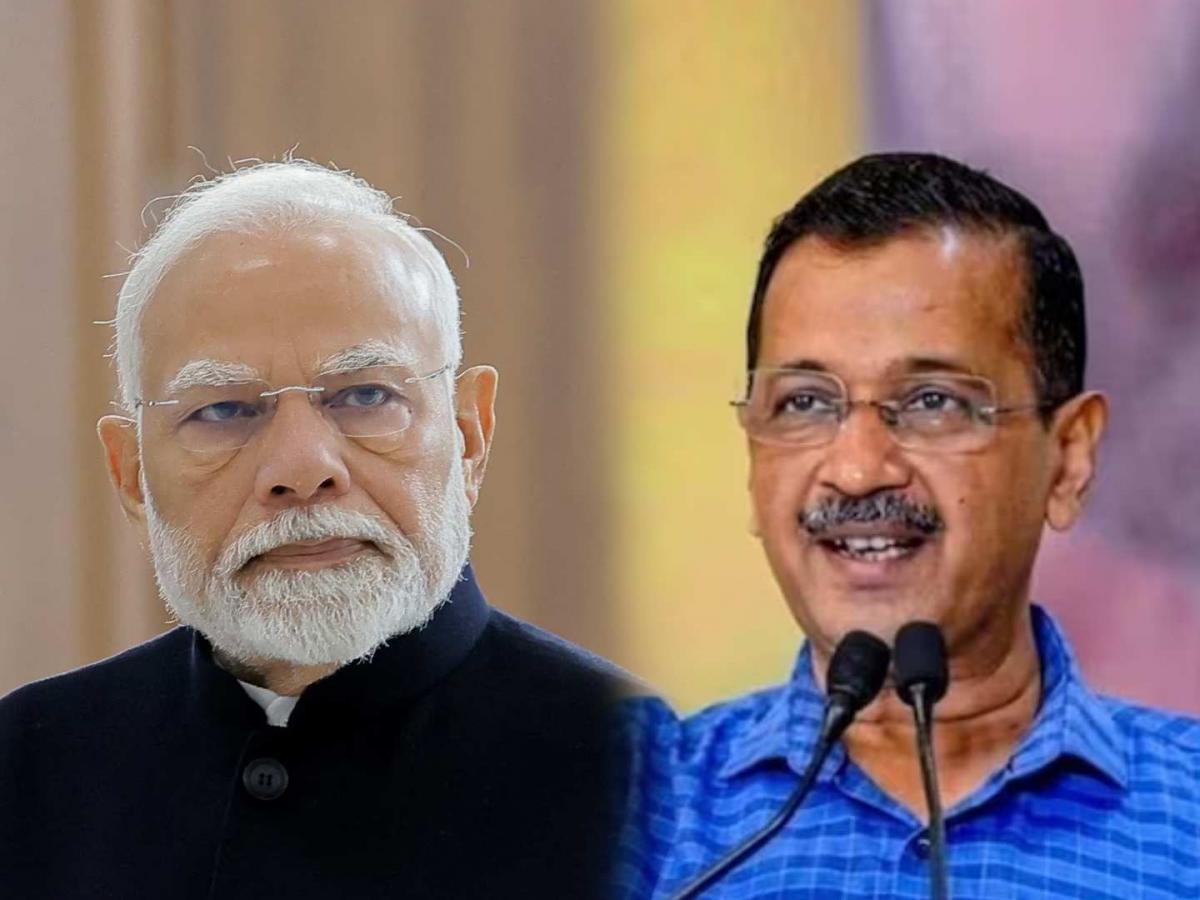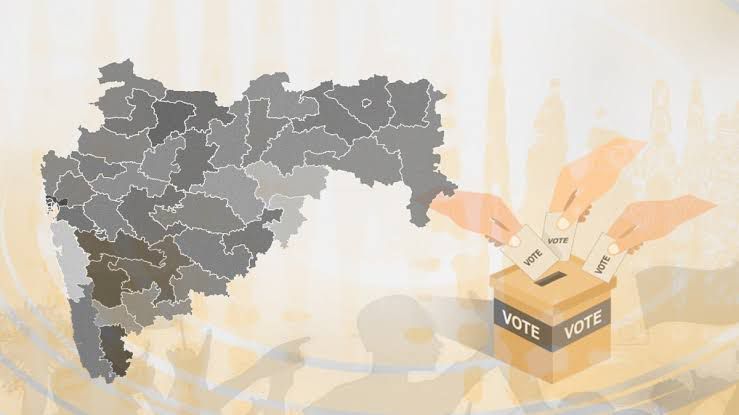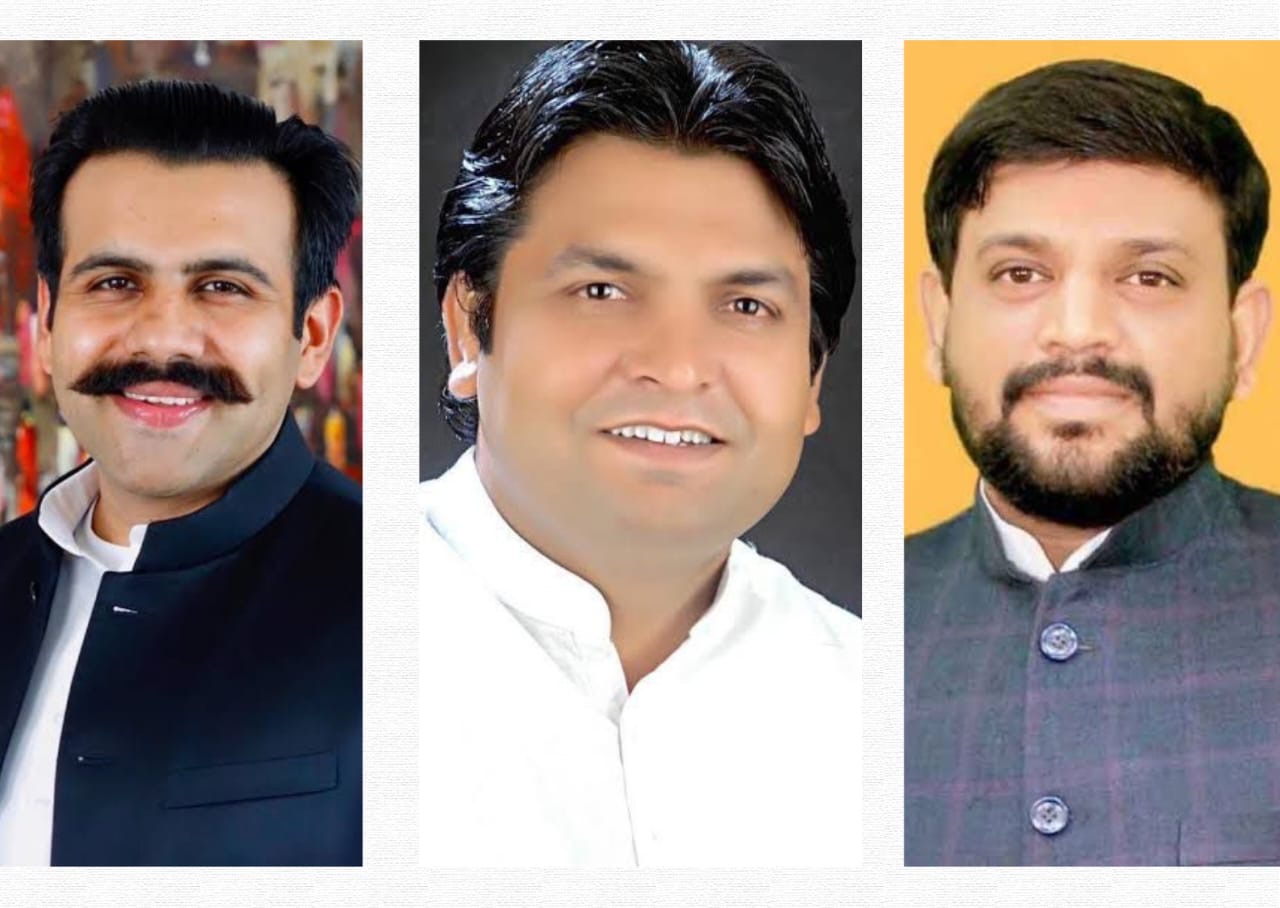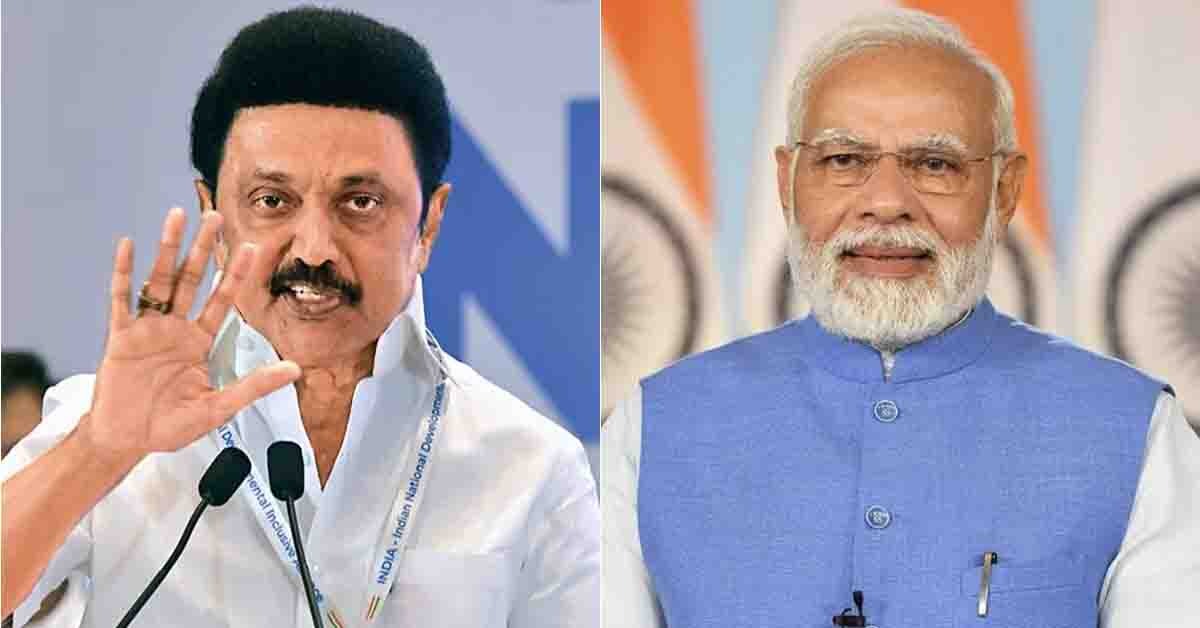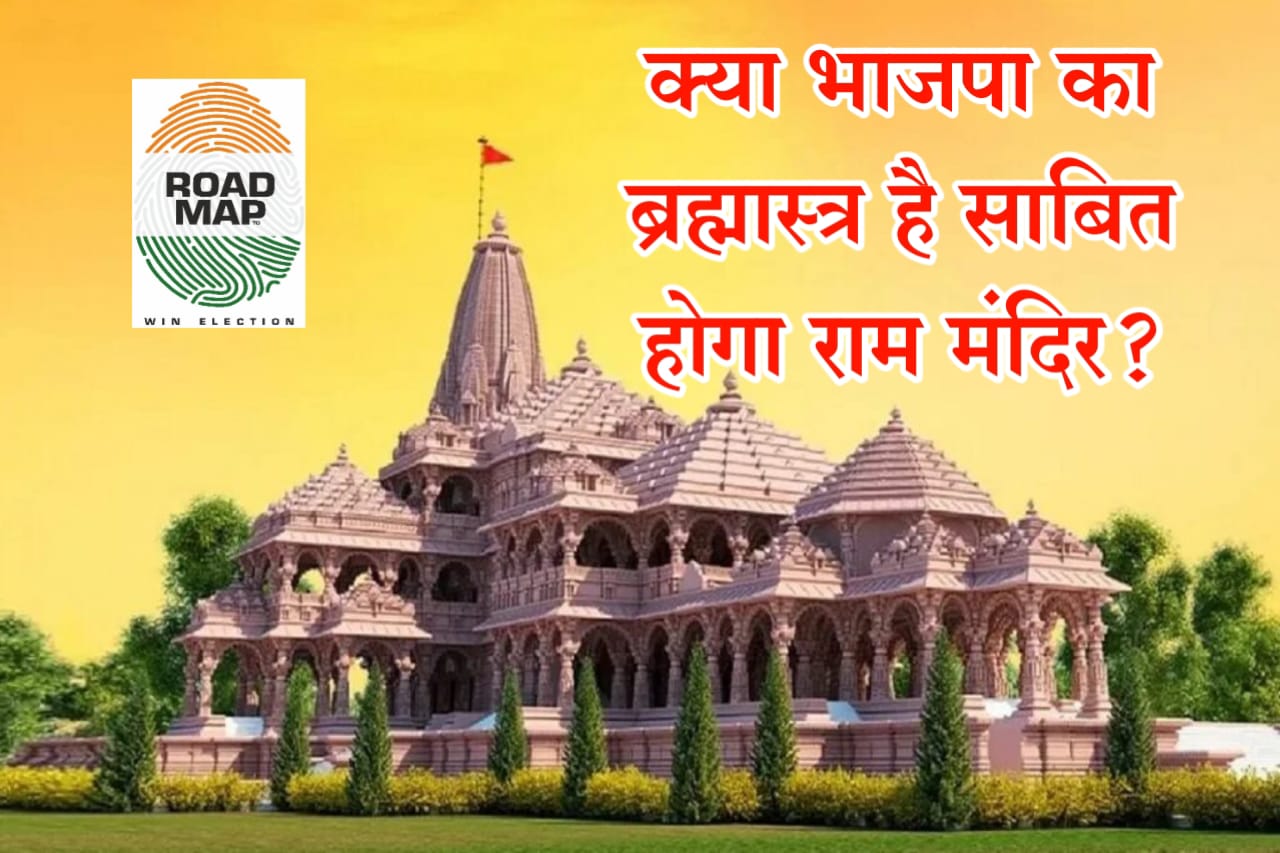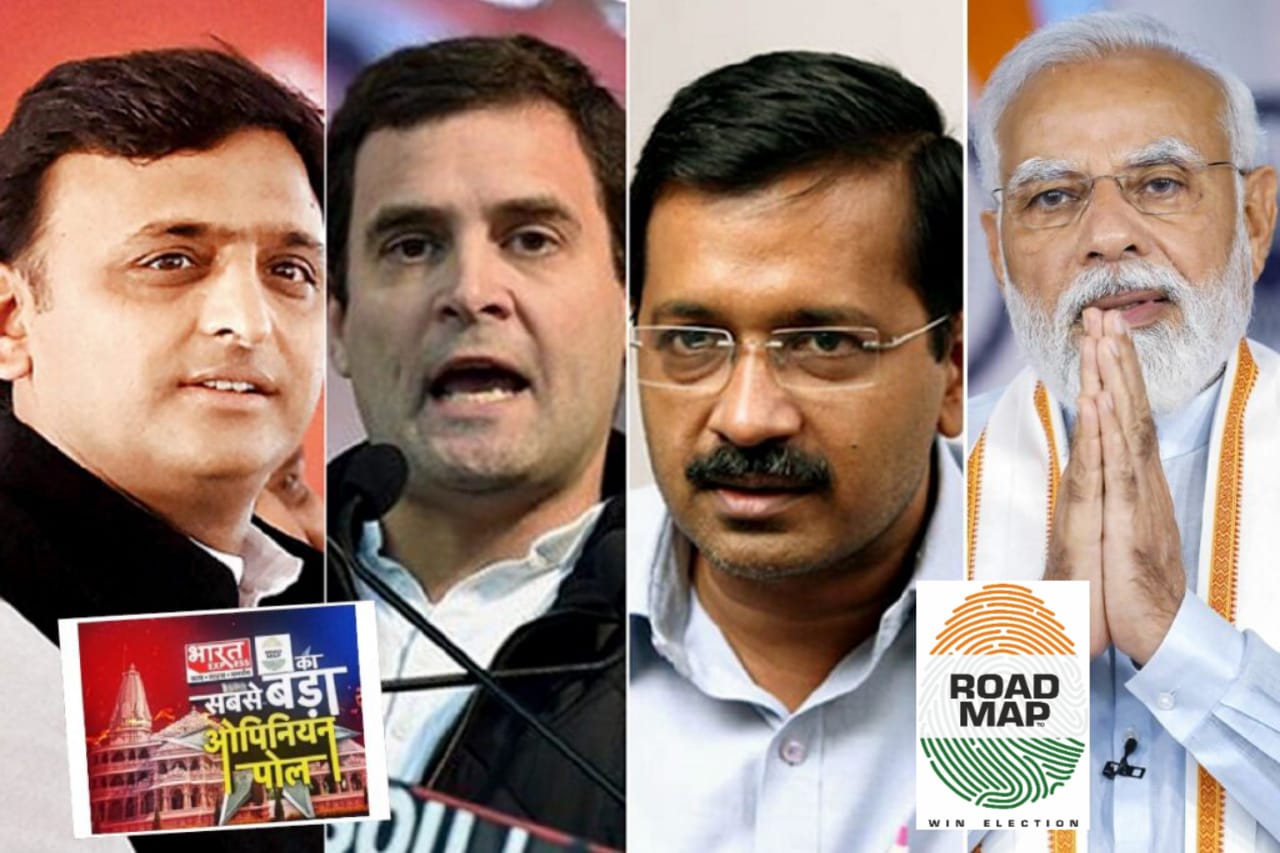As Bihar approaches its 2025 Legislative Assembly elections, the state’s political landscape is witnessing a dynamic interplay of alliances, emerging parties, and evolving voter sentiments. The forthcoming elections are poised to be a litmus test for both established political entities and new entrants, each striving to secure a mandate in this socio-politically intricate state.
Historical Context: A Retrospective Analysis
To comprehend the current electoral dynamics, it’s imperative to reflect on the outcomes of the previous assembly elections.
2020 Bihar Assembly Elections: The National Democratic Alliance (NDA), comprising the Bharatiya Janata Party (BJP) and Janata Dal (United) [JD(U)], secured a majority. The BJP won 74 seats with a vote share of approximately 19.46%, while the JD(U) obtained 43 seats with around 15.39% of the votes. The opposition Mahagathbandhan, led by the Rashtriya Janata Dal (RJD), emerged as the single largest party with 75 seats and a vote share of about 23.11%. The Indian National Congress (INC), another key ally in the Mahagathbandhan, secured 19 seats with a vote share of approximately 9.5%.
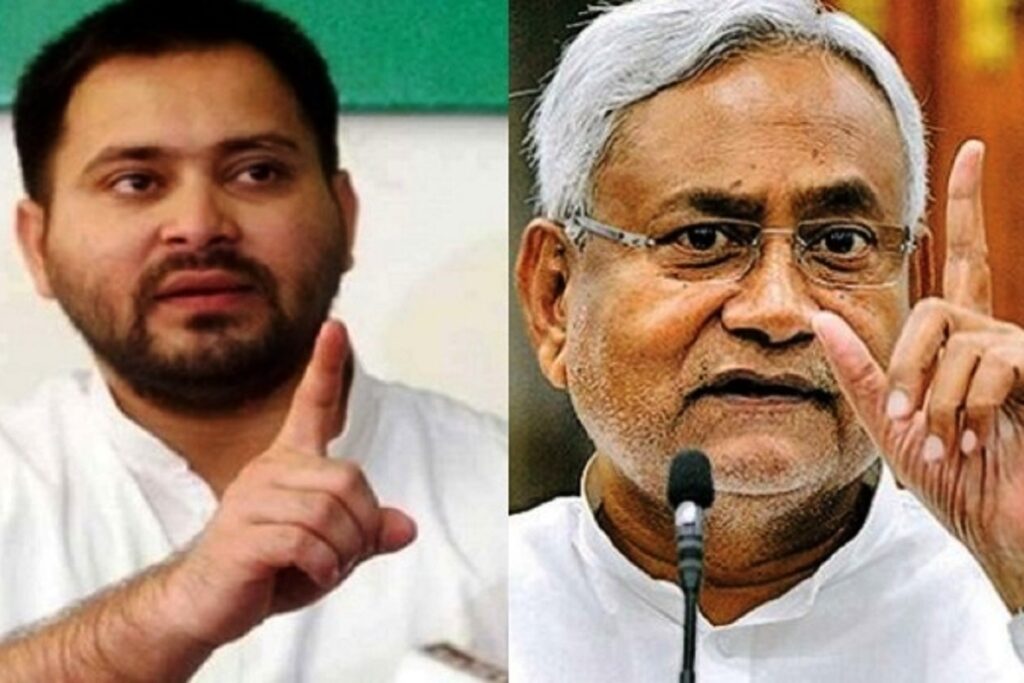
Recent Political Developments: Alliance Realignments
Bihar’s political arena has witnessed significant shifts in recent years. In August 2022, Chief Minister Nitish Kumar parted ways with the NDA to rejoin the Mahagathbandhan, citing ideological differences. However, by January 2024, he reversed this decision, resigning from the Mahagathbandhan and reuniting with the NDA. This move reinstated him as Chief Minister, with BJP leaders Samrat Choudhary and Vijay Kumar Sinha appointed as Deputy Chief Ministers.
Emerging Players: The Impact of Jan Suraj Party
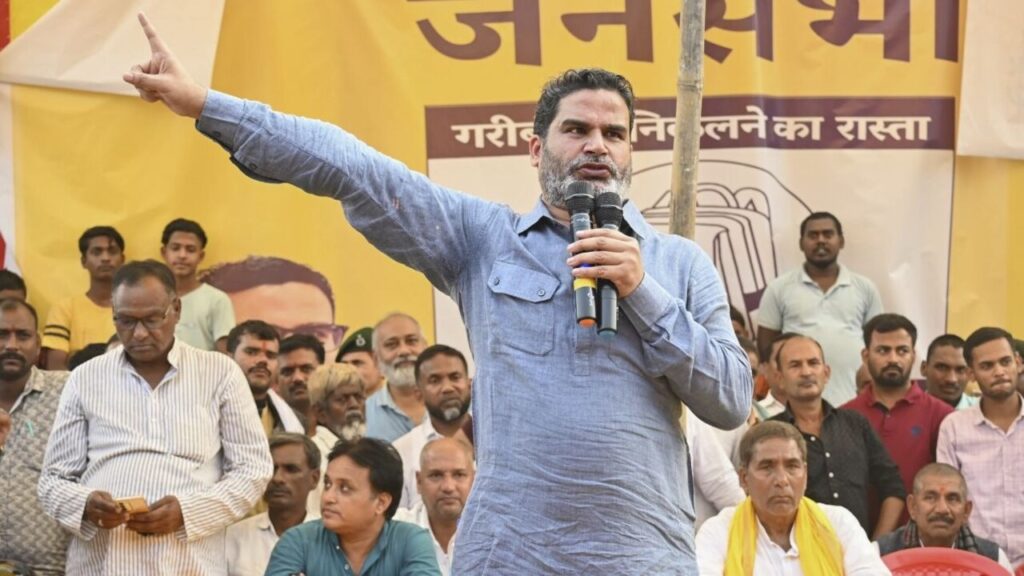
Prashant Kishor, renowned for his strategic acumen in Indian politics, has launched the Jan Suraj Party, aiming to provide an alternative to traditional powerhouses. His grassroots approach, characterized by extensive public engagements and promises of development, seeks to tap into the electorate’s desire for change. While it’s premature to gauge the full impact of his party, it introduces an element of unpredictability that established parties cannot afford to overlook.
Caste Dynamics and Minority Influence
Bihar’s electoral outcomes are deeply intertwined with its caste composition. The Yadavs, Kurmis, Dalits, and Muslims form significant voter blocs. The RJD has traditionally garnered support from Yadavs and Muslims, while the JD(U) has found favor among Kurmis and certain OBC segments. The BJP, historically backed by upper castes, has been making inroads into OBC and Dalit communities. The Muslim electorate, constituting around 16.9% of the population, has predominantly supported the Mahagathbandhan. However, with the fluid nature of alliances and the emergence of new parties, there’s potential for shifts in this support base.
Lok Sabha Elections: A Different Ballgame
While Assembly elections focus on state-specific issues, the 2024 Lok Sabha elections provided insights into the prevailing political sentiments. The NDA secured a significant majority in Bihar, winning 33 out of 40 seats. This performance underscores the BJP’s organizational strength and its ability to mobilize support across diverse demographics.
BJP’s Momentum: Riding the Wave of Success
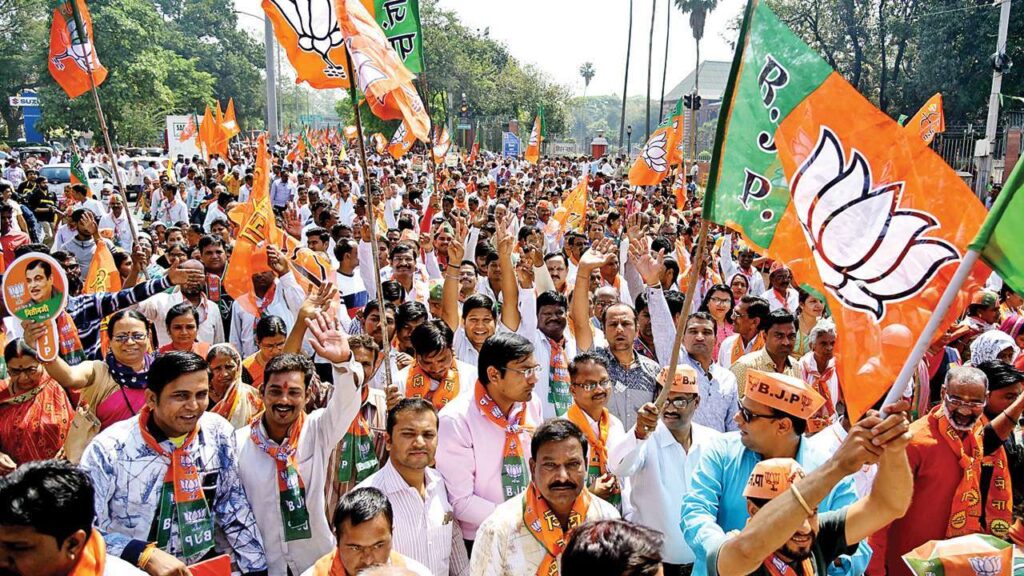
The BJP’s recent electoral victories in states like Haryana and Maharashtra have energized its cadre. The party’s triumph in the Delhi Assembly elections, securing a thumping majority, has further bolstered its confidence. These successes are likely to influence the party’s strategies in Bihar, as it aims to replicate its winning formula.
The Chirag Paswan Factor
Chirag Paswan, leading the Lok Janshakti Party (Ram Vilas), remains a notable figure in Bihar’s politics. His party’s decision to contest independently in previous elections, coupled with his vocal criticism of Nitish Kumar, has positioned him as a potential kingmaker. His influence, particularly among Dalit voters, could sway outcomes in closely contested constituencies.
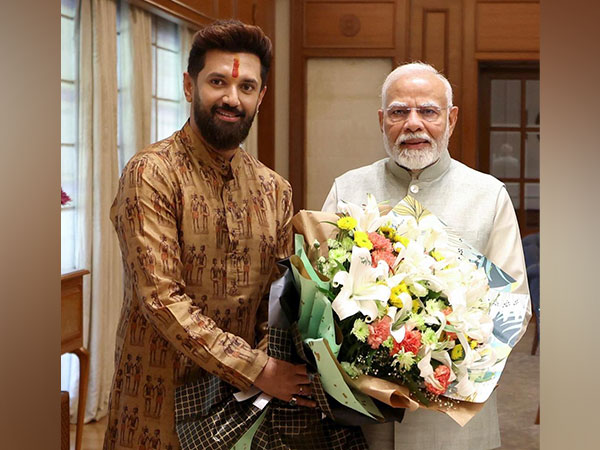
Burning Issues: Governance, Development, and Social Justice
The upcoming elections are being shaped by several critical issues:
- Law and Order: The BJP has revived the “jungle raj” narrative, criticizing the previous RJD-led government’s track record on law and order. Prime Minister Narendra Modi, in a recent rally, underscored this point, cautioning against a return to such times.
- Employment and Development: High unemployment rates and demands for infrastructural development remain pressing concerns. The opposition has accused the incumbent government of failing to generate adequate job opportunities and improve living standards.
- Social Justice and Caste Census: The release of caste census data has reignited debates on social justice and representation. Parties are grappling with addressing the aspirations of various caste groups in their electoral promises.
Challenges Ahead: Navigating a Complex Terrain
The upcoming elections present multifaceted challenges for all parties:
- JD(U): Rebuilding trust among its voter base after frequent alliance switches is paramount. The party needs to reassure its supporters of its commitment to development and stability.
- BJP: While buoyed by recent successes, the BJP must address local issues unique to Bihar. Collaborating effectively with the JD(U) and managing internal dynamics will be crucial.
- RJD and INC: The Mahagathbandhan faces the task of countering the NDA’s narrative while addressing internal criticisms and past underperformances. Presenting a unified front and coherent policy alternatives will be essential.
- Emerging Parties: New entrants like the Jan Suraj Party must translate grassroots support into electoral success, a formidable challenge in a state dominated by established parties.
Conclusion: A Tightrope Walk for All in Bihar 2025
As Bihar heads toward the 2025 Assembly elections, the political battleground remains fiercely competitive, with no alliance or party enjoying a clear upper hand. While the NDA rides on governance stability, Prime Minister Modi’s popularity, and a well-organized cadre, the Mahagathbandhan under Tejashwi Yadav is aggressively pushing its narrative of employment generation, caste justice, and economic relief. The entry of new players like Prashant Kishor’s Jan Suraj Party adds an unpredictable element to the race, while regional players like Chirag Paswan’s LJP (RV) could act as vote-splitters or kingmakers in certain constituencies.
The biggest challenge for the BJP and NDA is balancing their alliance with JD(U), given Nitish Kumar’s history of political flip-flops. Although the BJP has gained momentum from its recent victories in Maharashtra, Haryana, and Delhi, Bihar’s caste-driven politics and local issues present a different set of challenges. Managing dissatisfaction among traditional upper-caste voters, consolidating non-Yadav OBCs, and countering Tejashwi Yadav’s growing appeal among youth and minorities remain key hurdles. The “jungle raj” rhetoric has been revived to target the RJD, but whether it resonates with voters in 2025 remains to be seen.
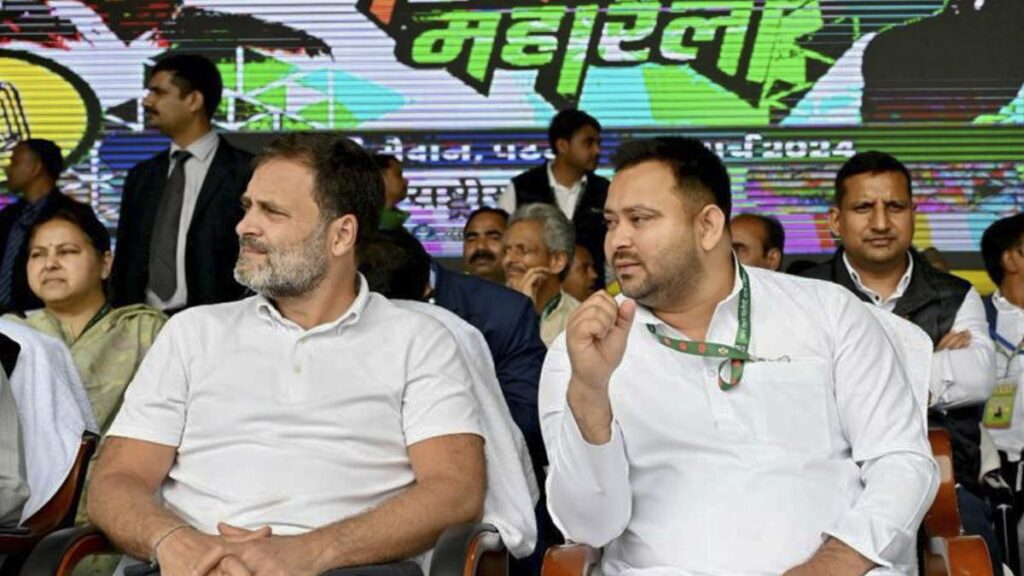
For Tejashwi Yadav and the Mahagathbandhan, the challenge lies in proving they can go beyond rhetoric and present a credible alternative to the NDA. His promise of a 100% domicile policy for government jobs, free electricity, and caste-based reservations has struck a chord with certain voter groups, but his ability to deliver remains under scrutiny. The RJD’s past governance track record, often labeled as “jungle raj” by opponents, is a weak spot that the NDA continues to exploit. Moreover, the Congress’s diminishing influence and infighting within the alliance make it difficult for the opposition to pose a united front against a well-oiled BJP election machine.
For emerging players like Prashant Kishor’s Jan Suraj Party, translating grassroots activism into votes remains a significant hurdle. While Kishor’s deep understanding of electoral strategy gives him an edge, the extent of his impact remains uncertain. Similarly, Chirag Paswan’s LJP (RV) could play spoiler for both alliances, especially in Dalit-dominated constituencies.
Another crucial factor is the minority vote, which has traditionally favored the RJD and Congress but is now being eyed by smaller players like AIMIM. Any fragmentation in this vote bank could impact the Mahagathbandhan’s prospects.
With burning issues like unemployment, caste census implementation, and governance effectiveness dominating the discourse, this election is far from a cakewalk for any party. Unlike the 2024 Lok Sabha elections, where national issues took precedence, Bihar’s Assembly elections will be fought on state-specific concerns, making the contest much more complex.
Ultimately, the battle for Bihar in 2025 will not just be a contest of alliances but a test of credibility, governance records, and the ability to connect with the aspirations of its people. The state, known for its politically astute voters, will decide whether it seeks continuity with the NDA or a fresh mandate under the Mahagathbandhan. In this high-stakes game, every seat will matter, and no party can afford complacency.
Sunil Mishra
Poll Consultant


